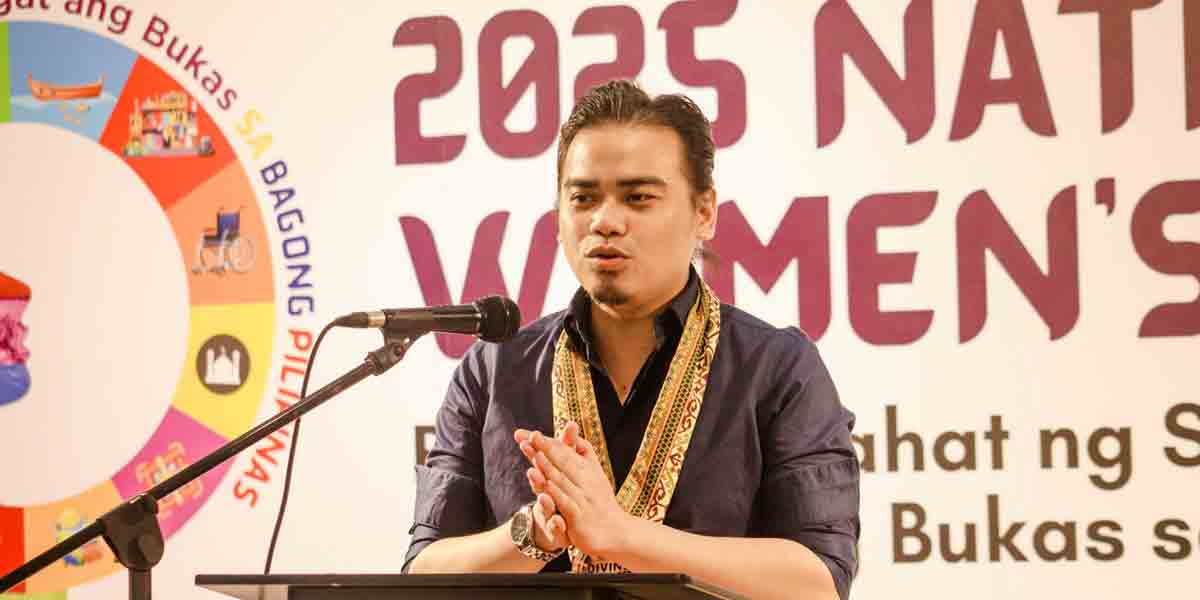Heeding the guidance of President Rodrigo Duterte on the need to align the Land Bank of the Philippines to its original purpose as an agricultural bank, Deputy Speaker Michael “Mikee” L. Romero filed House Bill 183 requiring the state-run bank to set aside 60 percent of its loan portfolio for farmers and fisherfolk.
Landbank competes against the major banks such as Metrobank, BPI, Banco de Oro and Philippine National Bank. “In rural areas, depending the situation, it either competes against or complements rural banks,” Romero, an economist, said.
“On the other end of the spectrum Landbank takes on a dual role with the Development Bank of the Philippines…it either competes against or works with DBP, depending on the situation involved,” he added.
The 1-PACMAN solon noted, that according to Landbank’s latest available annual report covering 2017, “only 45.4 percent of its total loan portfolio were for the agriculture and fisheries sector”, broken down as follows:
- 7.5 percent – small farmers and small fisherfolk and their associations;
- 13.7 percent – agribusiness;
- 0.4 percent aqua-business;
- 8.9 percent agri-aqua projects of local government units and GOCCs;
- 14.9 percent – micro, small and medium enterprises.
“Landbank reported granting P674.5 billion in loans that year. Less than one percent of those loans were given to fisherfolk and aqua-business. Not counting the loans to MSMEs, Landbank exposure to the farm and fisheries sector is only 30.5 percent,” the House deputy speaker said.
“No wonder President Duterte was irked about Landbank during his State of the Nation Address last July 22. Less than half of Landbank’s loans were granted to the sectors the bank was supposed to serve, while the rest of the loans went to the utilities, communications, housing, health care, and other sectors,” Romero said.
Landbank itself says on its website that it has four major roles:
- An implementing agency of CARP involved in land evaluation, compensation to owners of private agricultural lands, and collection of amortizations from CARP farmer-beneficiaries.
- Provision of credit assistance to small farmers and fisherfolk and ARBs.
- An official depository of government funds.
- A government bank with a social mandate to spur countryside development.
Landbank has a universal banking license, 403 Branches, 44 Lending Centers and 2,099 ATMs as of August 2019.
“It seems the universal banking and government depositary bank roles of Landbank have distracted it from its true mission of serving the farming and fishing sectors,” Romero also said.
The 1-PACMAN Party-list Representative said Congress entrusted to Landbank key roles in the food sector’s modernization, competitiveness enhancement, and poverty alleviation through recent new laws on the removal of rice tariffs, taxation reform safety nets, and the Pantawid Pamilyang Pilipino Program.
“Landbank should let the Development Bank of the Philippines take on its non-farm and non-fishing sector financing roles, so it can focus on serving farmers and fisherfolk,” Romero suggested.






















